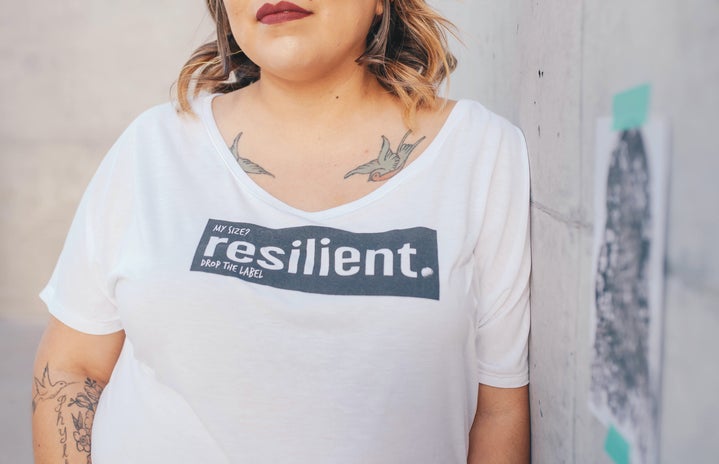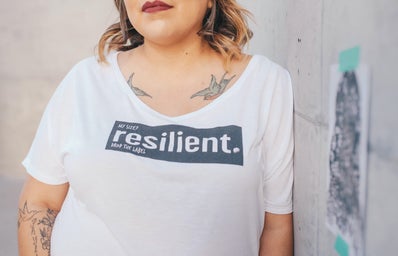According to Everyday Health, more people die from eating disorders than any other psychiatric condition.
Women are constantly being bombarded with images of what their bodies should look like. The media and pop culture tell women that they have to look a certain way to be accepted in society. This can lead to Body Dysmorphic Disorder and eating disorders for women.
There are several different kinds of eating disorders. First, there is anorexia which is when women are terrified of gaining weight so they stop eating regular meals and limit their caloric intake. This can often lead to malnutrition and lethargy. Women who suffer from anorexia don’t believe in their own self worth. Anorexia generally appears around the age of 18 for women.
The next kind of eating disorder is bulimia. Women with bulimia eat more regular meals but then quickly try to make up for that by vomiting out the food or using laxatives. This disorder is very dangerous because the constant vomiting can cause serious health problems for the esophagus, mouth, and other surrounding organs.
The third type of eating disorder is binge eating disorder. Eating disorders are not always about limiting food. Some eating disorders involve taking in large amounts of calories several times a day. Food is a source of comfort for people with this disorder. This can lead to diabetes, high blood pressure, and many other health problems.
Many women who suffer from eating disorders don’t recognize or don’t want to recognize that they have a problem. Eating disorders often evolve slowly from things lke diets. In fact, according to Everyday Health, 20-25% of pathological dieters develop eating disorders. Women in college are often the victims of eating disorders because they are surrounded by social pressures and are constantly under stress.
We need to work towards helping all women with eating disorders. We need to teach girls that it is okay to have different body types and how to have a healthy relationship with food. We need to give support to organizations that help women with eating disorders like ANAD. Maybe if we all work together we can change the horrible statistics around these terrible disorders.

